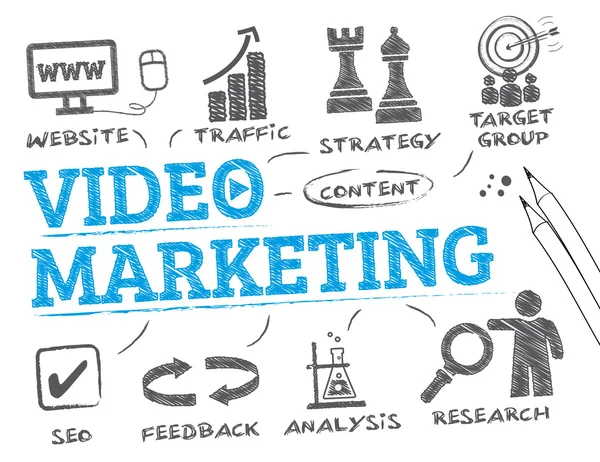
Introduction: The Digital Frontier
In the ever-evolving landscape of marketing, the digital realm has emerged as the frontier where businesses strive to capture the attention of their target audience. Digital marketing, a multifaceted approach encompassing various online tactics and platforms, has become indispensable for businesses aiming to thrive in the digital age. In this guide, we’ll embark on a journey through the intricacies of digital marketing, exploring strategies, best practices, and tools to navigate this dynamic landscape successfully.
1. Understanding Digital Marketing
Digital marketing refers to the use of digital channels and technologies to promote products or services and engage with consumers. Unlike traditional marketing, which relies heavily on offline methods like print ads and billboards, digital marketing leverages online platforms such as search engines, social media, email, and websites to reach and connect with the target audience. It offers businesses the opportunity to target specific demographics, measure performance, and adapt strategies in real-time.
2. Core Components of Digital Marketing
Digital marketing comprises several essential components, each playing a pivotal role in a comprehensive strategy:
- Search Engine Optimization (SEO): Enhancing a website’s visibility in search engine results pages (SERPs) through optimization techniques to attract organic traffic.
- Content Marketing: Creating and distributing valuable, relevant, and consistent content to attract and retain a defined audience and drive profitable customer action.
- Social Media Marketing: Leveraging social media platforms to connect with the audience, build brand awareness, and foster engagement through organic and paid strategies.
- Email Marketing: Sending targeted messages to a subscriber list to nurture leads, promote products or services, and maintain customer relationships.
- Pay-Per-Click (PPC) Advertising: Running paid ads on search engines and social media platforms to drive targeted traffic and conversions based on a pay-per-click model.
- Analytics and Data Analysis: Monitoring, measuring, and analyzing key performance indicators (KPIs) to evaluate the effectiveness of digital marketing efforts and inform decision-making.
3. Developing a Digital Marketing Strategy
A successful digital marketing strategy starts with defining clear objectives aligned with overall business goals. It involves understanding the target audience, identifying their needs and preferences, and selecting the most appropriate digital channels and tactics to engage them effectively. A well-rounded strategy incorporates a mix of inbound and outbound marketing techniques, personalized messaging, and ongoing optimization based on performance metrics and market trends.
4. Implementing Effective Digital Marketing Tactics
To execute a digital marketing strategy effectively, businesses must implement a range of tactics tailored to their objectives and audience preferences:
- Creating high-quality content that resonates with the target audience and adds value to their online experience.
- Optimizing website design and functionality to provide a seamless user experience across devices and improve conversion rates.
- Engaging with the audience on social media platforms through interactive content, community building, and customer service.
- Leveraging email marketing automation to deliver personalized messages, nurture leads, and drive customer loyalty.
- Running targeted PPC campaigns to increase brand visibility, drive website traffic, and generate leads or sales.
- Monitoring website and campaign performance using analytics tools to track KPIs, identify opportunities for improvement, and optimize ROI.
5. Measuring and Analyzing Performance
Measuring the success of digital marketing initiatives is crucial for assessing their impact and refining strategies for future campaigns. Key metrics to track include website traffic, conversion rates, click-through rates, engagement levels, and return on investment (ROI). By analyzing performance data regularly and adjusting tactics accordingly, businesses can identify trends, capitalize on opportunities, and address challenges to achieve long-term success in the digital landscape.
Conclusion: Charting Your Course to Digital Success
Digital marketing has become an essential driver of business growth and innovation in today’s interconnected world. By embracing the principles of digital marketing, understanding the diverse range of tactics and channels available, and adopting a strategic approach to planning and execution, businesses can navigate the digital landscape with confidence and achieve their marketing objectives effectively. So, embark on your digital journey, harness the power of digital marketing, and chart your course to success in the ever-evolving digital frontier.



